Mount Fuji, the representative mountain of Japan. Many people would probably mention it first as a symbol of Japan. It is not only the highest peak in Japan, straddling Yamanashi and Shizuoka prefectures, with an altitude of 3,776 meters, but it has also been treated as a symbolic presence in many contexts. In this article, we will introduce the story related to "Mount Fuji Day", which is designated as a memorial day for Mount Fuji.
Mount Fuji as a Cultural Symbol
In 2013, Mount Fuji was designated as a UNESCO World Heritage Site as "Mount Fuji - Object of Faith and Source of Art". As can be seen from the name "Source of Art", Mount Fuji has provided inspiration to many artists and has been depicted as a symbol in many excellent works of art.
Mount Fuji Depicted in Ukiyo-e
For example, the series "Thirty-Six Views of Mount Fuji" (富嶽三十六景) by Katsushika Hokusai, depicted as ukiyo-e in the Edo period, is extremely famous. The image of Mount Fuji seen beyond the sea with large white waves (神奈川沖浪裏 - "The Great Wave off Kanagawa") and the figure of Mount Fuji glowing red (凱風快晴 - "Fine Wind, Clear Morning") are images that anyone who has come into contact with Japanese culture would have seen at least once.
Mount Fuji in Japanese Literature
Not only in art works, but Mount Fuji has also often been depicted in literary works. For example, in modern times, the story known as "Princess Kaguya" is based on the tale "The Tale of the Bamboo Cutter", which features Mount Fuji in its final stages. Also, Osamu Dazai, known as a novelist, left a short story called "One Hundred Views of Mount Fuji" (富嶽百景).
Mount Fuji Across Japan
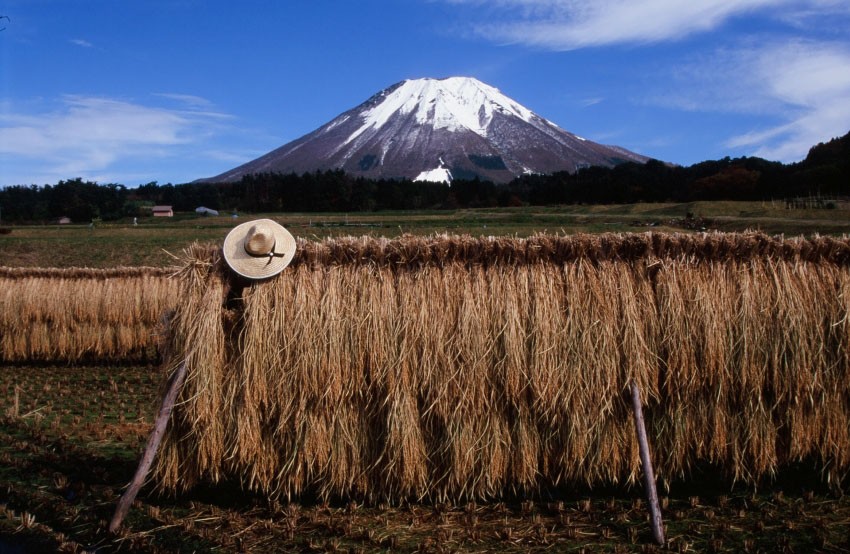
In various parts of Japan, there is a custom of affectionately referring to famous mountains throughout the country as "〇〇 Fuji," a practice known as "Hometown Fuji/Furusato Fuji." For example, Daisen, which towers in Tottori Prefecture, is sometimes called "Hoki Fuji," named after Hoki, the former name of the western part of Tottori Prefecture.
Mount Fuji depicted on banknotes
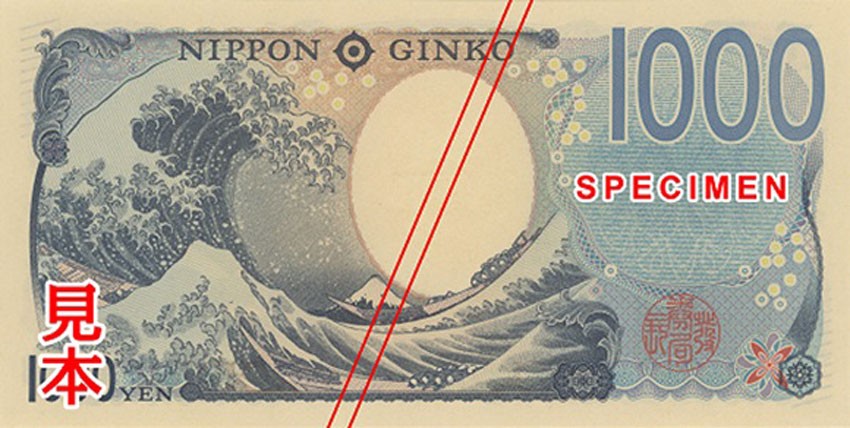
As a cultural symbol, Mount Fuji is depicted in something that anyone living in Japan should see at least once in their lifetime. That is, on Japanese banknotes. For example, on the back of the 1,000 yen note (which has been in circulation since 2004 and features a portrait of the physician Noguchi Hideyo on the front, printed in blue) is a depiction of Mount Fuji. Also, on the back of the new 1,000 yen note issue in 2024, Mount Fuji (this time, as depicted in Katsushika Hokusai's "Thirty-Six Views of Mount Fuji") continues to be featured in the design.
February 23rd is "Mount Fuji Day"
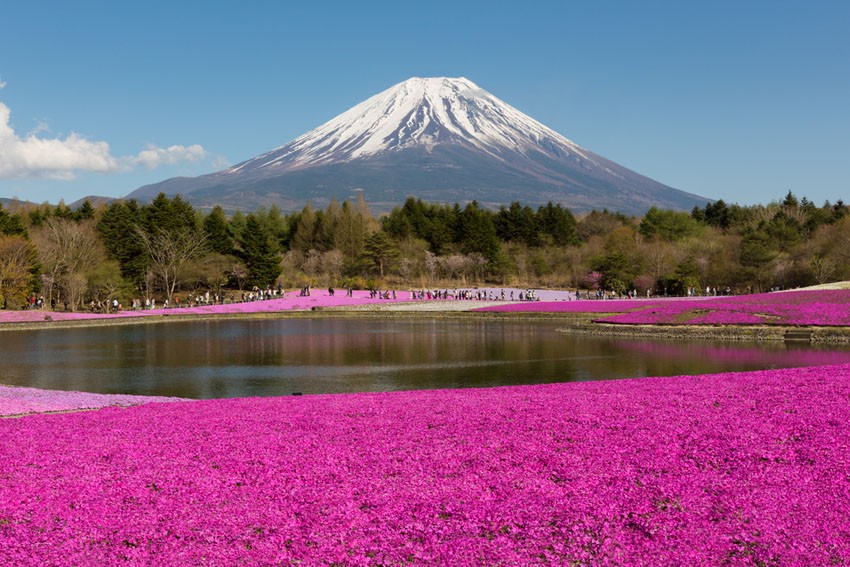
Did you know that in Japan, there is a designated day known as "Mount Fuji Day"? This commemorative day was established by the "Shizuoka Prefecture Mount Fuji Day Ordinance" enacted by Shizuoka Prefecture in 2009, and the "Yamanashi Prefecture Mount Fuji Day Ordinance" enacted by Yamanashi Prefecture in 2011. In both ordinances, "Mount Fuji Day" is set as "February 23rd".
While the date of February 23rd is the same, there is also a "Mount Fuji Day" established by organizations other than these two prefectures. According to the Japan Anniversary Association, a group called "Forum of Mountain Views and Maps", which conducts activities themed around Mount Fuji, such as reporting the visibility of Mount Fuji nationwide through online, has designated February 23rd as "Mount Fuji Day". This is due to the play on words of reading "2" and "23" as "Fuji-san" (Mount Fuji) in Japanese, and the fact that Mount Fuji can be well observed during this period.
Here, let's explain a little about the rule of reading the combination of numbers 223 on the date of February 23 as "Fujisan". In Japan, there is a thing called "Goroawase" (number wordplay, mnemonic sounds), where some sounds of the Japanese syllabary are assigned to numbers from 0 to 9 (or multiple digits such as 10 or 100), and a certain number sequence and the words made up of the sounds assigned to that number are associated. In the case of 223, 2 can be read as "ni", "fu", "ji", "tsu" (from Two), and 3 can be read as "mi", "sa", "san", etc., so 2・2・3 can be read as "fu", "ji", "san".
In addition to Mount Fuji Day, there are many commemorative days that have been established by being associated with this "Goroawase". It is also used in history classes at school to memorize the year when an event occurred, or to set an easy-to-remember password, and it is very common in Japan.
Event Information for February 23rd "Mount Fuji Day"
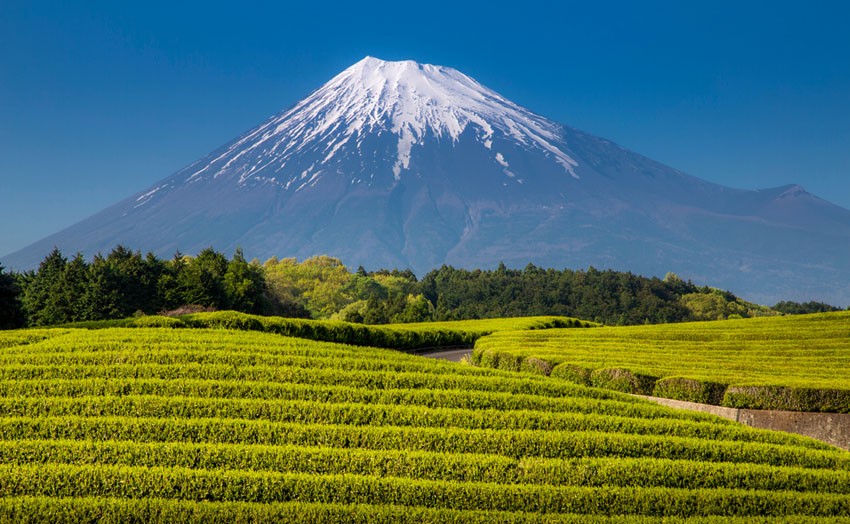
In Shizuoka and Yamanashi Prefectures, which are straddled by Mount Fuji, the "Mount Fuji Day Festa" will be held on February 23, 2023, and February 24, 2024, to commemorate the 10th anniversary of the World Heritage registration in 2023. In 2023, the governors of both Shizuoka and Yamanashi Prefectures attended, and the "Mount Fuji World Heritage Registration 10th Anniversary Year Opening Ceremony" was held, along with performances of plays.
In addition, as part of the "Mount Fuji Day Festival", a plan was held at several locations including the Yamanashi Prefectural Mount Fuji World Heritage Center to "distribute 3,776 rice balls for free to the local community, in honor of Mount Fuji's height of 3,776m". Furthermore, at this World Heritage Center, a "Mount Fuji Day Quiz Rally", the sale of a Mount Fuji Day limited "Fujiyama △ Crepe", a "Fujisan △ Yoga" experience, and a workshop to make "Fujisan Tin Badges" were held as part of the Mount Fuji Day events.
Not only Mount Fuji, but also other mountain-related anniversaries - National holiday "Mountain Day", International Mountain Day

"Fuji Mountain Day" is designated as an optional commemoration day, but in Japan, every August 11th is "Mountain Day", which is a national holiday. According to Article 2 of Japan's "Act on National Holidays", Mountain Day is a day to "get an opportunity to get close to the mountains and appreciate the blessings of the mountains". In addition, on this day, the "Mountain Day" National Convention has been held annually since 2016 by the General Incorporated Foundation National Mountain Day Council as an opportunity to "widely disseminate the richness of the mountains that occupy about 70% of the national land and the activities of the people nurtured by them, and to appreciate and inherit their blessings for the future". The 7th convention was held in Okinawa Prefecture in 2023.
Also, in 2003, a resolution was made at the United Nations General Assembly to designate December 11th as "International Mountain Day". A theme is set for this commemorative day every year, and the theme for 2023 was "Restoring mountain ecosystems".
In conclusion: How to enjoy Mount Fuji from afar

By reading up to this point, you may understand why Mount Fuji, which is inseparable from Japanese culture, has a commemorative day on February 23rd. Even if it's difficult to actually visit Mount Fuji, you would surely want to see it when you pass by.
If you plan to travel east-west within Japan by plane, we recommend checking the Japan Airlines (JAL) site "Which side is Mount Fuji?" (富士山どっち?) and the All Nippon Airways (ANA) site "Which side can you see Mount Fuji?" (富士山 どっち側で見られる?) in advance. On these sites, you can check which side of the plane's windows you can see Mount Fuji from (Japanese page only).
Also, when traveling east-west on the Tokaido Shinkansen, you can see Mount Fuji from the window on the left side of the direction of travel on the up train from Shin-Osaka to Tokyo, and from the window on the right side of the direction of travel on the down train from Tokyo to Shin-Osaka. Be sure to use this information if you want to see Mount Fuji during your travel.

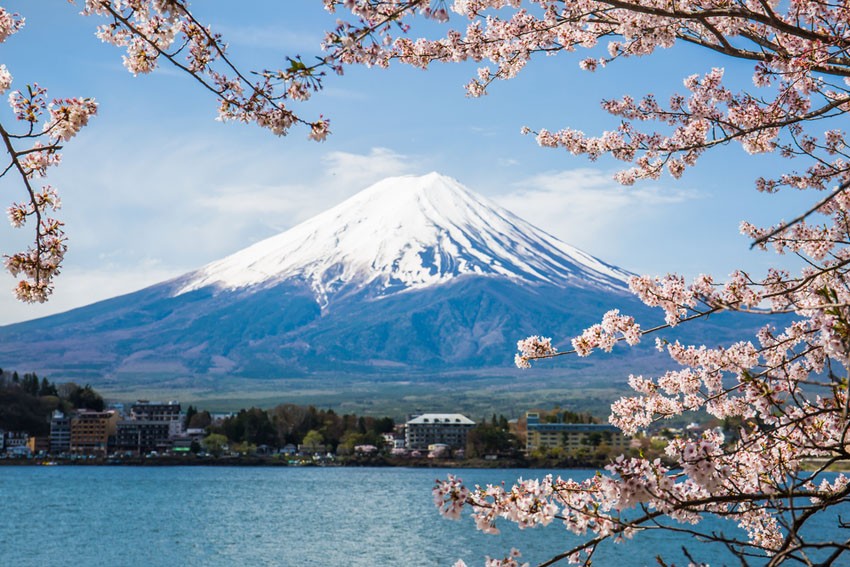

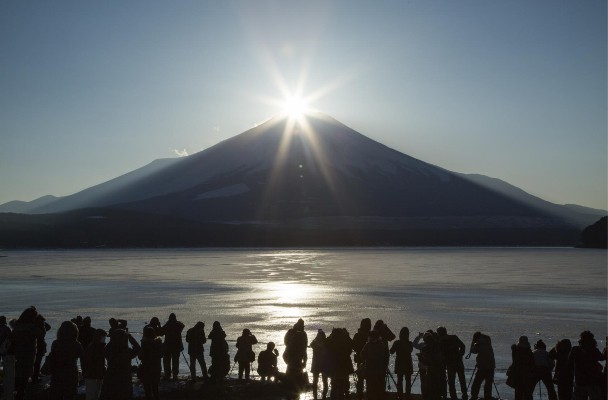

Comments